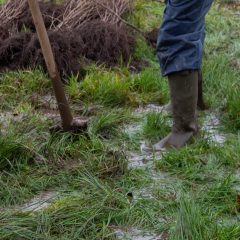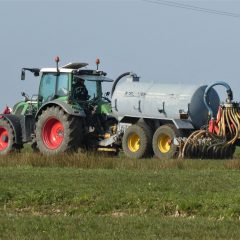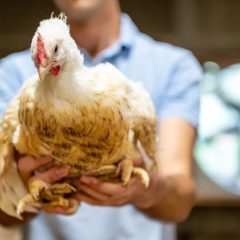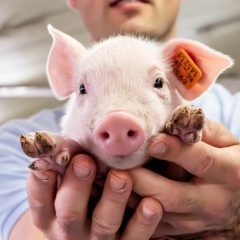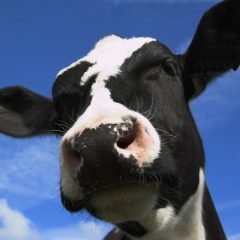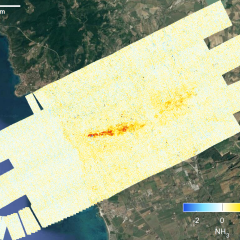Research project Conventional and organic dairy goat farmers explore the potential of zeolite for ammonia emission reduction.

General introduction
Are zeolites a possible additional ammonia-reducing measure for goat farming? All livestock farms must make efforts to achieve the proposed reductions in ammonia emissions in Flanders. For goat farms, however, no accepted, applicable measures have yet been listed, except for grazing in combination with empty barns. This project investigates the ammonia emission reducing effect of zeolites as litter and feed additive in (organic) dairy goats.
Research approach
Zeolites are used in practice as feed and bedding additives by several goat farmers. Experience with these products has been positive but not scientifically substantiated. The use of zeolites as a bedding additive has been investigated with varying effect through in vitro manure container trials with manure from cattle and goats and in mechanically ventilated barns for young and fattening livestock. This project investigates whether zeolites can also provide significant reductions in ammonia emissions under field conditions. After a preliminary trial in which the measurement setup is optimized, we will determine the potential of zeolites as a litter and feed additive by measurements just above the littered surface in practical goat barns. The economic aspects are also examined.
Relevance/Valorization
Ammonia emissions that originate from livestock farming can lead to eutrophication and acidification, thus disturbing natural habitats and ecosystems. For the (organic) goat sector it is important to have scientific evaluations on the potential of zeolites as an ammonia emission reducing measure, on a practical scale. Practical implementation of successful measures are encouraged through the dissemination of practical manuals and information sheets tailored to the goat farmers. An established emission reduction can be the first step in getting zeolites recognized as a measure on the PAS list.
Financing
EIP

